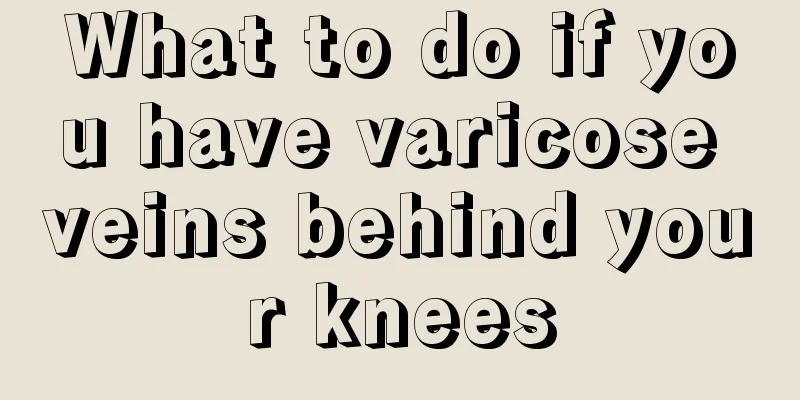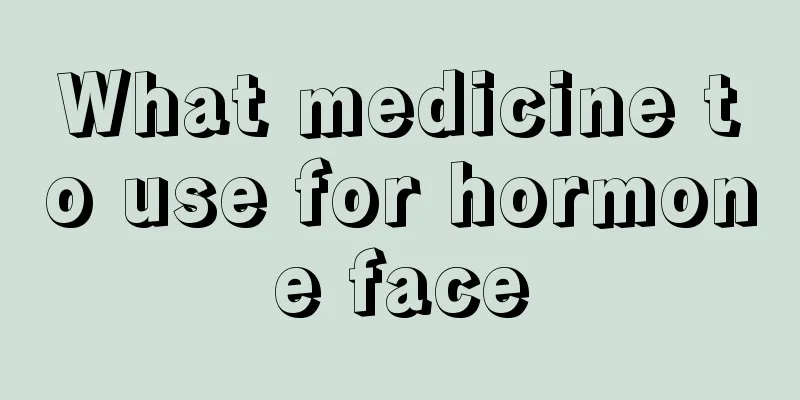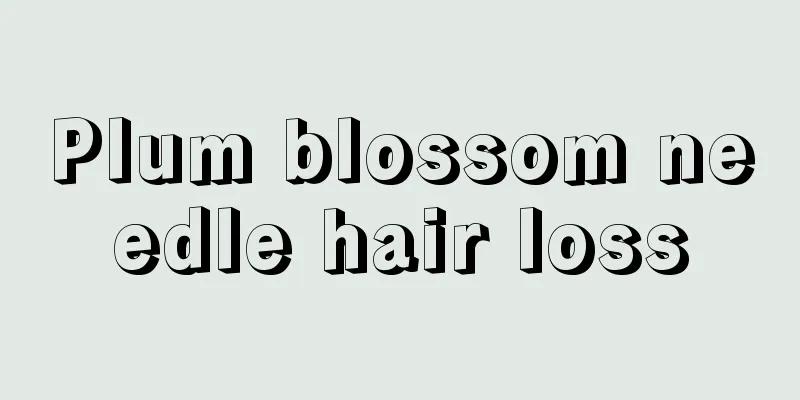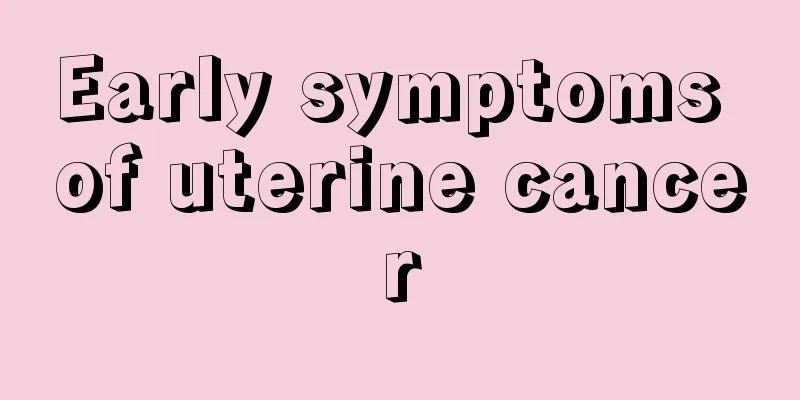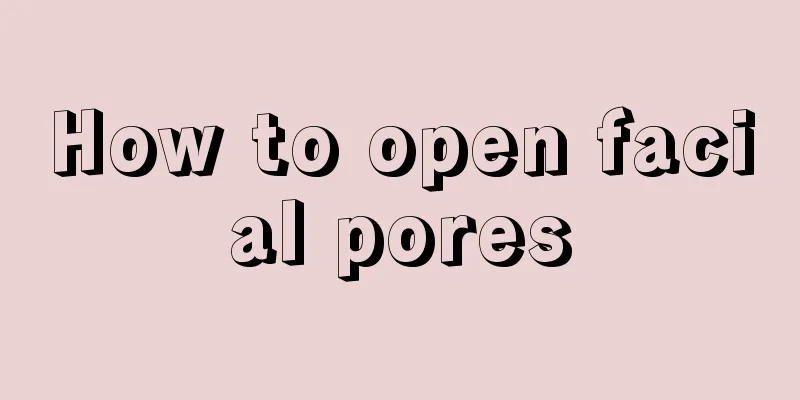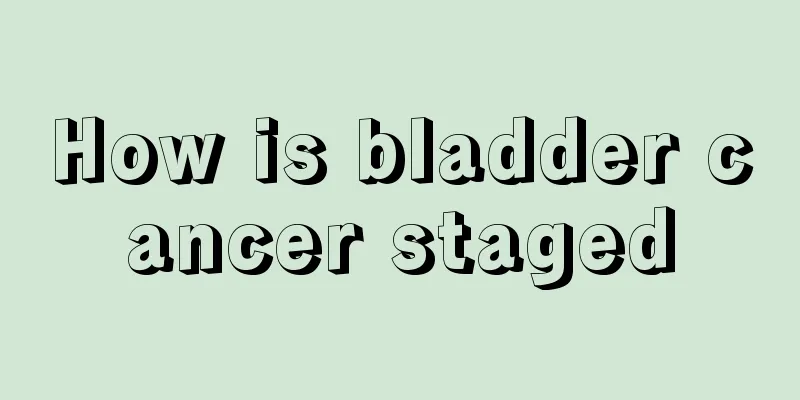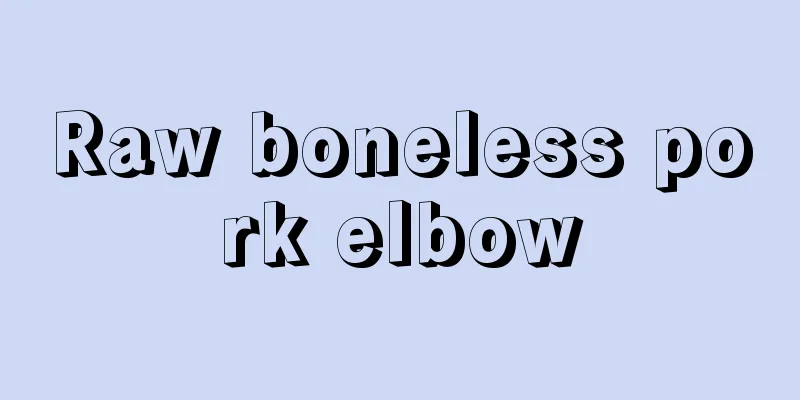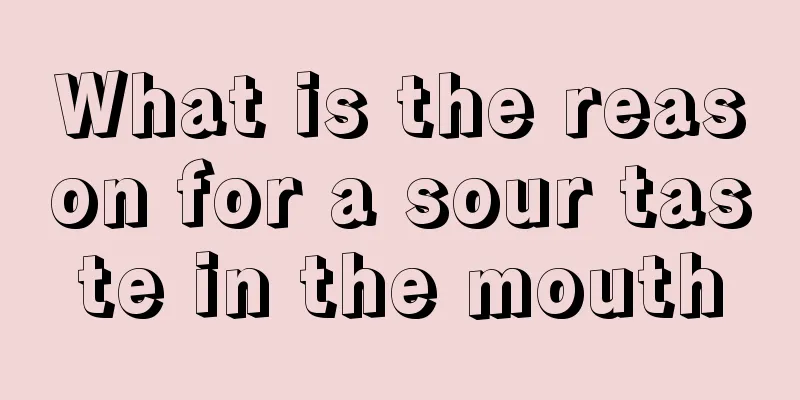Is bloodletting and cupping therapy effective?
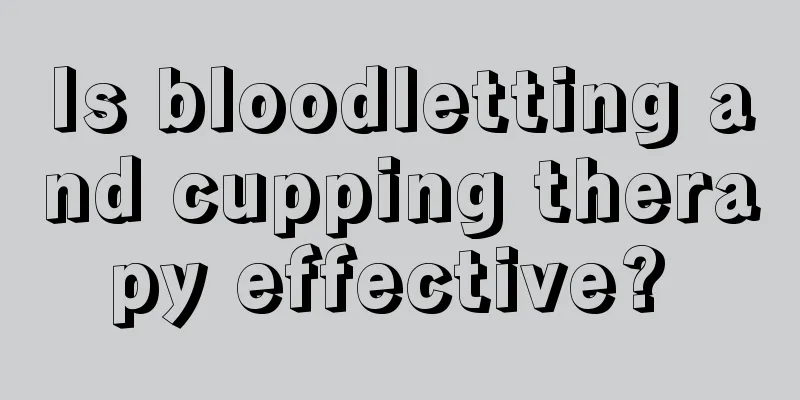
|
Bloodletting and cupping is a physical therapy method in Traditional Chinese Medicine that can be used in conjunction with acupuncture and cupping to maintain health. Traditional Chinese medicine therapy has always been a widely acclaimed way of health preservation. Bloodletting and cupping in Traditional Chinese Medicine are therapeutic methods that help to balance yin and yang, eliminate toxins, nourish the skin, and remove dampness and beautify the skin. Generally requires skilled techniques. The amount of blood should be small, and excessive blood should not be released. So is the blood-letting therapy in traditional Chinese medicine, such as cupping, effective? 1. Specific contents of bloodletting therapy Cupping and blood-letting is a combination technique of acupuncture and moxibustion commonly used in clinical practice. First, a bleeding point is produced by acupuncture with a three-edged needle or a skin needle, and then a cupping jar is used to increase the amount of bleeding, so as to achieve the effect of unblocking meridians and relieving excess heat. Cupping focuses on removing numbness and unblocking the meridians, and has good clinical effects on arthritis caused by wind, cold and dampness, muscle strain and soreness, etc. Bloodletting focuses on relieving heat, and also has the effect of removing blood stasis and unblocking the meridians. It has a convenient and quick effect on heat syndrome caused by external invasion of heat evil and some mental disorders with actual manifestations. Both are purgative methods and are more effective when used together. In addition to real heat, it is also effective for sprains and skin ringworm (but ringworm is not suitable for bloodletting and cupping with three-edged needles, so if so, remember to tell your mother to change to skin needles). In addition, as Chen Xi mentioned, for symptoms such as dryness-heat damaging the lungs and muscle cramps, clinically, the treatment method tends to be a combination of scraping, cupping and bloodletting. As for safety issues, bloodletting and cupping will be performed in areas with abundant muscles or less densely vascularized areas on the body surface, such as the Dazhui, Beishu, and Baqiao points. They do not involve deep anatomical issues of nerves or large blood vessels, so there is no need to be afraid. (II) Notes There are advantages and disadvantages in the clinical application of bloodletting therapy. Therefore, it is necessary to exercise flexibility according to the patient's condition, constitution, bloodletting site and certain special circumstances to prevent accidents. The taboos of bloodletting are as follows: l. Avoid deep puncture near important internal organs. The Suwen Treatise on Acupuncture Prohibitions points out that "the internal organs have vital points that must be carefully observed" and "if they are violated, there will be consequences." This article lists the serious consequences of puncture of internal organs, brain, and spinal cord. Its understanding is basically consistent with current clinical observations and should be given sufficient attention. 2. Bloodletting is prohibited on arteries and larger veins. Directly puncturing superficial small blood vessels to let blood is the basic method of bloodletting. But you must strictly master the operation techniques and avoid pounding the juice. Bloodletting should be prohibited for arteries and larger veins, including severe varicose veins. When puncturing acupoints near large blood vessels, caution must be exercised to avoid accidental injury to the blood vessels. There were 2 recent reports of patients using a three-edged needle to treat acute mastitis accidentally injuring an intercostal artery, causing massive bleeding that required surgical incision and ligation to stop the bleeding. 3. Bloodletting is prohibited for patients with deficiency syndrome, especially those with blood deficiency or yin fluid deficiency. "Lingshu·Blood Vessels Theory" points out: "If the pulse is strong but the blood is deficient, the patient will lose the breath during acupuncture, and will collapse if the breath is lost." Therefore, blood deficiency patients (including patients with severe anemia, abnormal hypotension, spontaneous bleeding, or continuous bleeding after injury) should not use bloodletting to avoid violating the taboo of deficiency and deficiency. Blood and sweat have the same origin and are produced by body fluids. Therefore, bloodletting is prohibited for those with yin fluid deficiency or excessive sweating. If this method must be used, it should be determined according to the strength of the pathogenic factors and the body's vital energy, and excessive bleeding should not be caused. 4. Pregnant women and those with a history of habitual miscarriage are prohibited from bloodletting. 5. Avoid bloodletting when the patient is temporarily tired, hungry, emotionally disturbed, or has insufficient qi and blood. |
<<: What is the formula of the fungicide?
>>: What is the nutritional value of low-sugar seaweed cookies?
Recommend
What is the principle of scraping
We all know that scraping can have a very good he...
Why is there a choking pain in the middle of my chest?
I believe many people have experienced or are suf...
Can green onion leaves be eaten? Can green onion leaves be eaten?
Scallions are a common vegetable that can be eate...
What is the effect of washing your face with salt water
Although salt water is common, washing your face ...
What is slimming food
We often hear about alkaline foods and acidic foo...
What to do if your fingers crack in winter?
I believe many friends have tried this and found ...
What to do if blood cell count decreases
As we all know, the plaques in our blood can play...
The efficacy and function of white jelly
White jelly is a delicacy we eat in our daily lif...
Red rash at the base of the legs
The surface phenomena of the human body often ref...
What are the benefits of soaking your feet in beer?
Alcohol is a substance that is both harmful and b...
Common knowledge about teratoma symptoms
People of any age can get teratoma, but the disea...
Steps for grinding vitamin b6 and applying it on your face
Love of beauty is women's nature. Of course, ...
How to preserve ice cream cake
Ice cream cake is a kind of dessert that many peo...
How to not be nervous when giving a speech
In our daily life, whether at work or at study, w...
How to prevent lung cancer through diet? Pay attention to these 4 points in diet to prevent lung cancer
Many other studies have also shown that drinking ...
